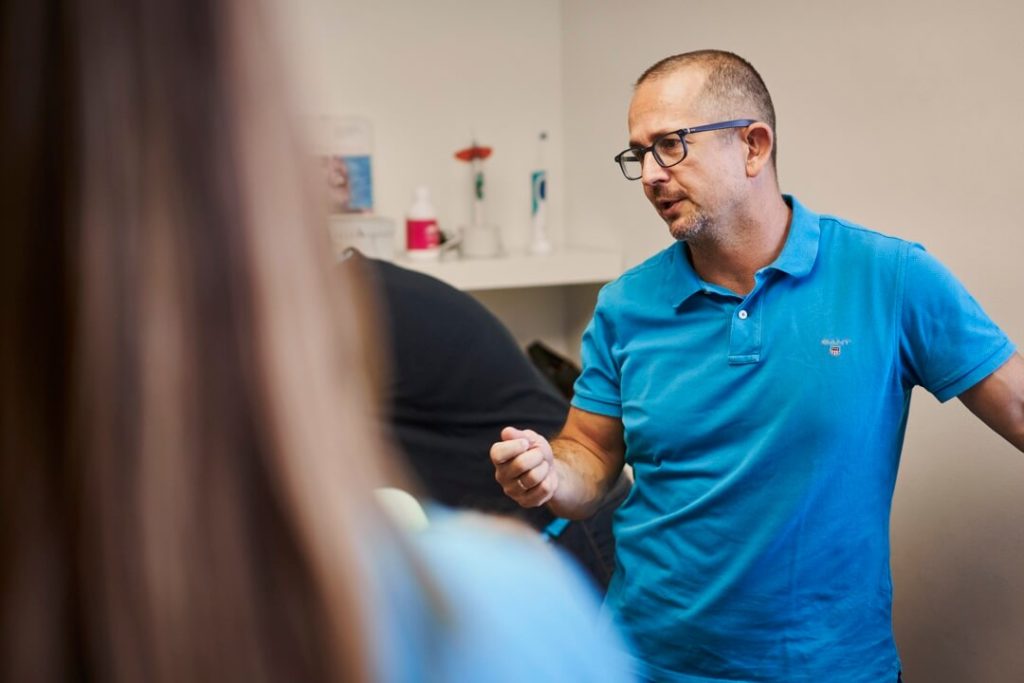Today, competition in the global market is exceedingly high. Amidst companies trying to maximize their productivity and reduce waste, practice management for orthodontics remains as baffling as it has always been. Unfortunately, due to the tremendous push-and-pull in the market precinct, you may no longer be able to simply eyeball management skills for your practice. So, how can your practice stray clear of purported danger and rise to the top in this dog-eat-dog climate?
For a syndicate of juvenile practices, the answer lies in the implementation of an intricate set of principles and philosophies collectively known as lean manufacturing. Lean management has been widely acclaimed in a vast array of sectors from manufacturing and marketing to software development and orthodontic practice attainment. Thanks to its core values and positive impact on the company’s overall performance, it has been rightfully dubbed the “universal management tool” that every business venture should master.
What is lean management?
Lean management is an esoteric business improvement philosophy that focuses on managing an organization through the concept of continuous improvement and purpose. Instead of hogging control of work processes and keeping the spotlight, the Lean management system trusts the organizational hierarchy and encourages shared responsibility and leadership. The Lean concept relies on all operating manpower to attempt small, incremental changes in the process, thereby promoting efficiency and improving quality.
The primary objective of the lean management methodology is to produce value for the customer through the optimization of resources. This helps create a steady workflow with regard to the real customer demands, eliminate any waste of time, effort, or money, and continuously improve work processes.
The philosophy has its roots in manufacturing and functions with these key motives:
- Defining value from the standpoint of the end customer
- Eliminating all waste in the business processes
- Continuously improving all work processes, purpose, and people
The birth of lean management
As per definition, “lean” means slim or containing little or no fat. And interestingly, lean management originated in the late 1940s when automobile manufacturer Toyota laid the foundations for this holistic concept of work. Based on the five basic principles of lean management, they were able to decrease the number of processes that didn’t bring value to the end product. By doing so, they were able to visualize significant improvement in productivity, efficiency, cycle time, and cost-efficiency. This became known as the Toyota Way.
Ever since then, Toyota’s lean production system has been adopted across various industries due to its facilitation of shared leadership, reducing waste, and creating value to sufficiently build an every-progressing and successful organization. After all, efficient insight and initiative can arise from all ends of the totem pole.
How can lean optimize your orthodontic practice?
In order to understand how Lean can be ideally integrated into orthodontic service and production processes, it is important to first closely understand the Toyota Production System (TPS). When Taiichi Ohno developed the TPS, the system was inclusive of a value-added process (i.e, the processing time of machine parts) and waste (i.e, the waiting times or transport of parts).
Ideally, most large production facilities are equipped with a high stock of materials in order to compensate for the downtime. On the off-chance of failures like missing supplies or machine damages, materials were stored so as to not prevent a delivery. This was usually intentional and not considered a waste. However, Taiichi Ohno saw it differently. He identified seven types of waste and initiated to reduce material stocks, prevent machine failures, and react to them in an optimized manner at an early stage.
The vacation and shift planning of the employees was adjusted accordingly to synchronize the entire production process with regard to what is actually needed at the end. This was known as the pull principle, a concept that maintains small quantities of items that you know are needed and replenishes what is taken only when it has been taken. This helps to avoid overproduction and overordering.
Taiichi Ohno made use of this lean principle to create smaller batch sizes and shorter set-up times, ensuring greater cost-effectiveness. Toyota standardizes processes as part of a targeted quality management system that involves all employees in a responsible manner. This means that the employees themselves can immediately and unmistakably see where there are deviations and then independently request help.
Unlike other orthodontic management systems like the Tweed or the Ricketts Technique that focus on the technical and mechanical aspects of orthodontics, lean management allows for proper employee training and appreciative, supportive management to ensure a far lower error rate and giving you a decisive competitive advantage.

